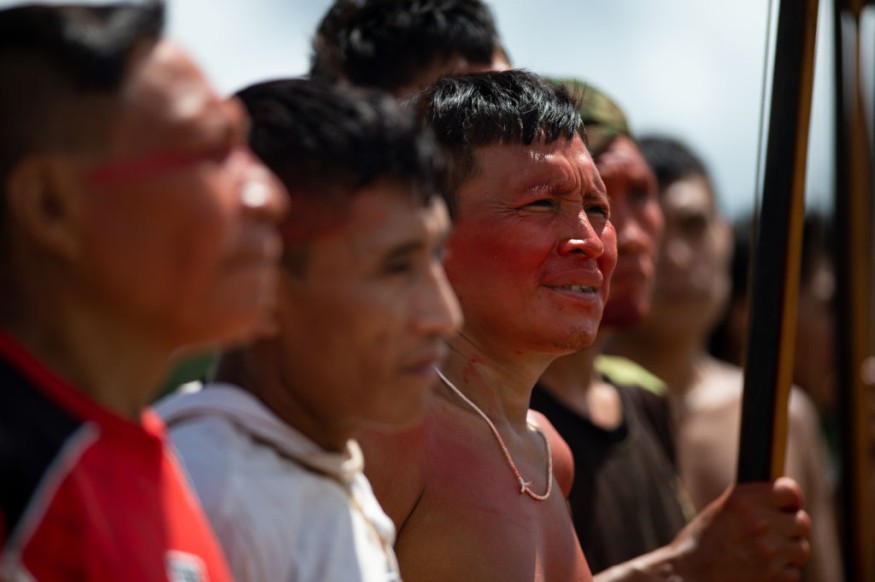A way to help curb deforestation and environmental damage in the Amazon rainforest and consequently slow down climate change is to provide indigenous communities in Brazil full indigenous property rights to their tribal lands.
New research from UCSD scientists have been published online in the PNAS journal.

The current situation
The Amazon rainforest contains half of all the remaining tropical rainforest on Earth. It is one of the most important biodiversity hotspots on the planet, playing a major role in shaping water and climate cycles worldwide.
Unfortunately, the Amazon basin is currently losing an alarming number of trees in a very short time. Recent years in particular have seen high levels of deforestation from the combination of illegal logging and massive forest fires.
READ: Indigenous Communities in Australia Cultivated Banana 2,000 Years Ago
Claiming the Amazon
The question of who the Amazon belongs to is a topic of hot debate. Private entities conduct illegal mining and logging to show a "productive" use of the land, thereby getting the title to those lands. Presently, there are millions of hectares of lands that are pending classification as a tribal territory. There have also been objections against the viewpoint that indigenous tribal property rights will be able to stop or reduce the illegal logging of the rainforest.
The rights are being granted to Brazilian indigenous peoples through a long and complex constitutional procedure, which are different from the rights to private property that are more familiar to us.
The study
Kathryn Baragwanath, political science researcher from UC San Diego, led the study with an innovative methodology that combines Amazon rainforest vegetation cover satellite data and government records on indigenous property rights. The researchers included in their study the data between 1982 to 2016.
The research team found that there was significant reduction in deforestation in tribal territories which are fully owned collectively by the tribes themselves. This is in comparison to areas that are either not owned or only owned partially by these local tribes. There was a 66% average effect in deforestation reduction.
According to the study authors, which include Columbia University's Ella Bayi, collective property rights can be considered effective if they are analyzed from the final titling stage in Brazil, which may be completed up to 25 years, or at the stage when the tribes gain the full rights.
According to the researchers, full indigenous property rights provide the tribes with official recognition of territorial ownership. This enables them to demarcate territories and get access to support from enforcement and monitoring agencies.
READ: Kiribati President Plans to Raise Islands to Address Sea Level Rise
Implications
Baragwanath says that their research shows how full indigenous property rights carry significant implications regarding the capacity of indigenous people to curb deforestation in their territories.
Baragwanath also adds that giving these territories to these tribes is a very inexpensive way for government to both promote conservation of the rainforest as well as help in curbing global warming.
It is an important matter because a lot of indigenous territories still haven't received full indigenous property rights, which tells NGOs and policymakers who are concerned with this matter that they should focus their resources and efforts in this aspect.
READ NEXT: Brazil Records Big Increase in Amazon Forest Fires
© 2024 NatureWorldNews.com All rights reserved. Do not reproduce without permission.






